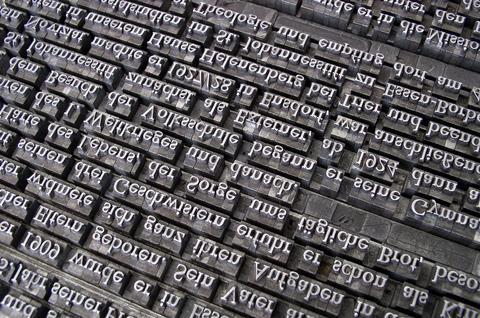A combination of machine learning and lab experiments has given researchers an insight into the different languages bacteria use to communicate. Understanding how bacteria communicate – and when they can’t – has implications for treating drug-resistant bacteria and for developing biocomputing tools.

The study builds on an earlier project in which the researchers showed that disrupting bacterial communication is an effective way to fight multidrug-resistant bacteria. Bacteria use small molecules to communicate with each other and coordinate infection, and the team showed that interfering with bacterial communication by blocking these molecules reduced inflammation and made the bacteria more vulnerable to antibiotics.
Now, the researchers from Aalto University have taken a closer look at the languages that bacteria communicate with. They used a combination of machine learning and wet-lab experiments to examine all the roughly 170 known bacterial languages. This analysis provides an understanding of the similarities and differences between the languages, which can be used both to disrupt harmful bacteria and to build useful ‘bacterial logic circuits’.
Clustering languages
The first step was a machine learning analysis that grouped the languages into clusters based on the structure of their molecules. The resulting groups consisted of languages more similar to each other and different from languages in other groups. This is comparable to human languages: English, French and Dutch are in one group of languages, while Arabic and Hebrew are in another, for example.
Next, the team experimentally showed that bacteria can somewhat understand related languages.
“We did a ’bacterial language check’ and found that bacteria using very similar languages can understand each other, just like a Dutch person might understand some German. We also tested communication between bacteria using very different language and found that they couldn’t understand each other at all – just like a conversation between people speaking Finnish, Dutch and Arabic wouldn’t get far,” says Christopher Jonkergouw, the doctoral student who led the study.
With these tools, the researchers have shown that we can accurately estimate the connections between bacterial languages and predict whether they can be understood. These findings will be valuable in further refining the team’s new treatment approach, and they also have implications for biotechnology – bacterial languages can be used to coordinate tasks between groups in bacterial communities, or even in bacterial microprocessors.







No comments yet